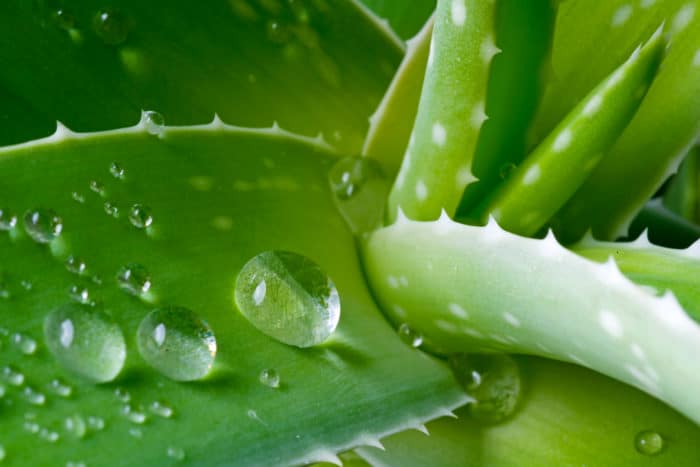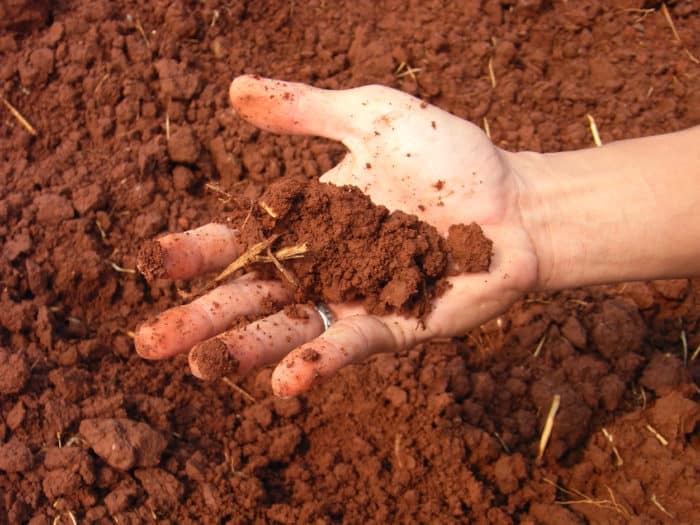Aloe Vera is well-known worldwide for its medicinal and agricultural uses. It is a succulent plant, which means it can endure arid climates because of its ability to retain water in its engorged, jelly-like, and plump parts.
Though it is known that aloe is a succulent, one of the most common dilemmas of people who want to grow the plant is knowing how often should you water aloe. It may be because an aloe plant is very easy to take care of, but one simple mistake can also kill this plant easily.
If you’re planning to get aloe as an addition for your indoor plants at home or outdoors in your garden, please continue reading. I hope we can help you take better care of this plant through this article.
How Do You Water Aloe?
Though aloe vera is a succulent, they need water just like any other plants. But, watering an aloe may be tricky and may not be as easy as you think. Research proves that there are different watering needs for this plant.

Take note of the following important factors below to ensure that you are doing the appropriate irrigation for your aloe vera plants:
- Depth – you should water aloe deeply and heavily, as it allows built up salts to seep through the
soil . Succulent plants are sensitive to chemicals and minerals in water supplies. - Frequency – watering this plant needs to be constant enough to develop growth but not too often as it can drown your plant.
- Type of Water – while we’re talking about water supplies, let me tell you that not all kinds of water can be good for aloe vera. Tap water can harm your plant, while filtered water is on the safer side. Some people even use distilled water if their aloe seems to be down and sickly.
- Soil Moisture – irrigating your aloe plants cannot be based on your calendar, rather on its
soil moisture. To keep it short, you will only need to water your aloe if thesoil is thoroughly dry.
How to Check Soil Moisture?
Soil Moisture is one of the key points you need to remember in growing your aloe plant. So we have listed below some of the ways you can keep track of your plant’s

- Touch Test
You can dig and put your fingers deep into the
- Soil Moisture Meter
This video shows us how to use a
I checked out the best moisture meters to make things easier for you, and here are some that I can recommend:
Kensizer 3-in-1
Gain Express Ph and
VIVOSUN
Sonkir pH
Dr. Meter S10
- Deciding by Weight
You basically just need to lift your pot up right after you water it; then, after a few days, you can do the same thing and decide if it feels lighter than the last time you watered your aloe plant. If you want to be meticulous and accurate, you can even use a weighing scale, no one will judge you. But obviously, this method is not suitable for aloe plants that are not in pots.
What Are the Cases When Aloe Needs More Water?
Different conditions cause your aloe vera to require various amounts of water during particular times.

- Pot size – more petite pots are more likely to dry out quicker than the others.
- Weather – aloe plants in brighter/hotter conditions tend to use up more water because the
soil definitely dries up more instantaneously. So obviously, you need to water your plants more frequently during summer and even more scarcely in winter. - Type of pot – terra cotta pots is the most recommended for aloe vera plants as it dries out faster than glazed ceramic, plastic, or anything that is not porous in the material.
What Are the Common Problems in Growing Aloe Vera?
Overwatering
This the top most common mistake an aloe plant owner commits, especially for first-time plant owners. When you start seeing soggy, droopy leaves, that’s the first symptom that your aloe is overwatered.
If left untreated, your plants may not recover, as it will definitely develop a mushy base or root rot that will eventually kill your aloe vera.
Drainage Holes
Selecting a pot with drainage holes is one of the most important things to remember when preparing to grow an aloe vera, whether indoors or outdoors. Waterlogged condition for your plant is a definite no-no, thus adding a drainage hole in your pot becomes a necessity.
Excessive Sunlight
Aloe vera needs lots of light but not direct sunlight. You can grow an aloe plant indoors, but it doesn’t mean that it’s a low light plant. Drooping and discoloration of leaves are usually caused by intense sunlight.
Too Much Fertilizer
This succulent does not really need fertilizing as much as other plants, but you can do so if you see that your plant needs more nourishment. Using fertilizers on aloe plants, especially liquid fertilizers, should only be done once a month.
Make sure to remember that you need to water your plant 12 hours before you administer the fertilizer. By the time you use it, just enough water is left to protect the roots of your plant from the strong chemical contents of your fertilizer.
FAQ’s
Do you water aloe from top or bottom?
If you’re growing aloe for its medicinal properties, it’s a good idea to water your aloe plants from the bottom. Aloe plants use their roots to absorb nutrients, so if you water them from the top, they may be shorting out on nutrients.
A healthy plant will usually have a few leaves hanging over the pot. Water in the morning and check the plants again at noon. If they are still looking healthy, you can add a little more water and check them again at dinner.
How can I tell if my aloe vera needs water?
Aloe vera is a succulent that grows in the tropics, and it’s one of the most popular plants at nurseries. It’s also very easy to grow.
The plant requires moderate amounts of water, but it doesn’t need to be watered often.
Aloe vera needs about an inch of water per week.
Do aloe plants need direct sunlight?
The Aloe plant needs plenty of sunlight.
They prefer bright light and warm temperatures. You may want to provide some shade for the first few months, until your indoor plant grows strong enough to tolerate full sun. It can be grown indoors or outdoors, but it prefers a sunny location.
How long can aloe vera go without water?
Aloe vera can go for a few months without water, but it will start to wilt and turn brown. It is best to keep the plant in a cool environment (60-70 degrees Fahrenheit) with bright light (natural or fluorescent). Aloe vera plants also need indirect sunlight and should not be placed near windows. The plant needs regular watering, as it does not like sitting in water.
Where is the best place to put an aloe vera plant?
I would recommend putting it in a sunny window. It should get bright light, direct sun all day and indirect shade during the afternoon or evening. Aloe plants like warm temperatures. They don’t like very cold or very hot temperatures. They also like a humid environment.
How do you make aloe vera grow bigger?
It is possible to make aloe vera grow larger. It is also possible to grow it with a white flower and a green leafy plant. You can grow the plant indoors, but it will take a while. You can buy a seed kit that includes instructions for growing it. Some of these kits include an indoor light bulb.
It is best to grow the plant in a pot or container. The more sunlight and water the plant gets, the better it will grow.
Can I put my aloe plant outside in the summer?
Aloe plants are known to be very hardy. They will do well outdoors all year long and can even survive a light frost. However, they like warm temperatures and should not be placed directly in the sun. You may place it where it gets morning sun and afternoon shade. It should receive direct sunlight during the day and at least half the shade of the sun at night.
If you want it to be happy, you should take it inside. But you can’t make it grow without light. If you put it in a sunny spot, it will grow, but it won’t get much bigger than it is now.
Conclusion
There is no general answer or exact irrigation scheme for aloe plants. But, you do need to memorize the key component in growing this plant – water. Knowing when, how, and what to water your plant will help greatly in making your aloe vera survive.
Feel free to comment below if you have additional information regarding the topic or if you have a better suggestion on how to take care of Aloe Vera.




